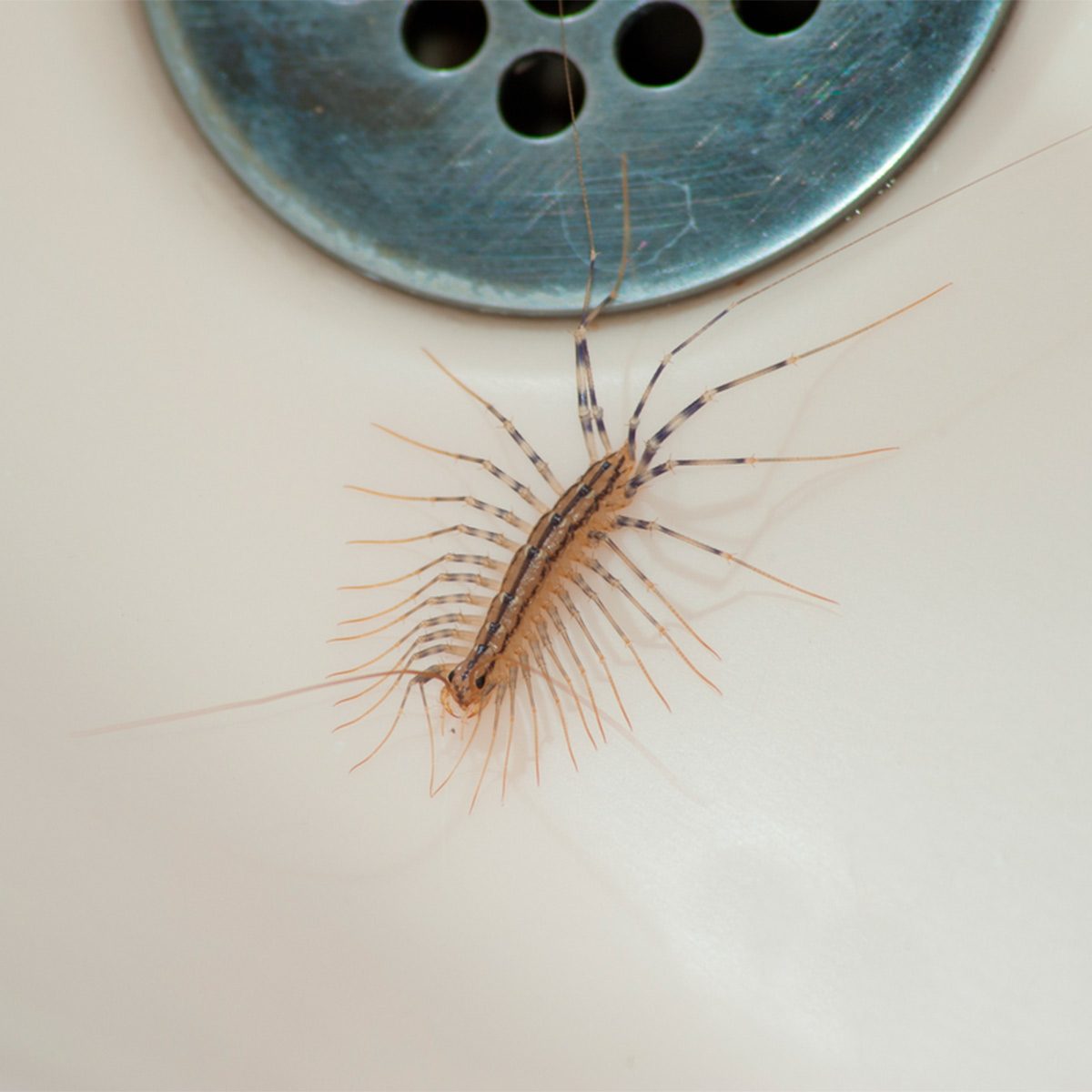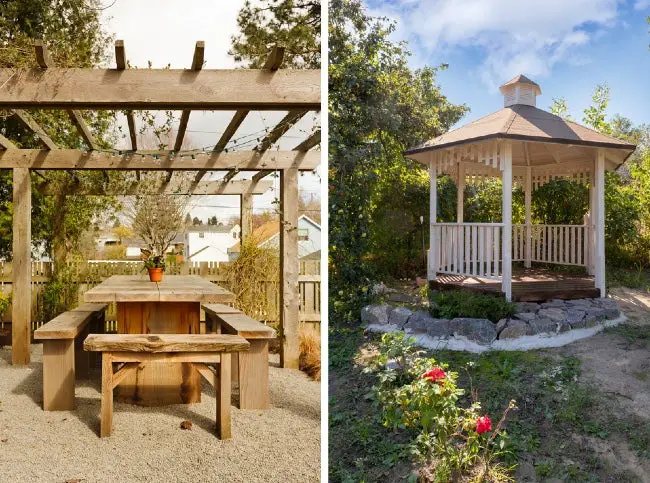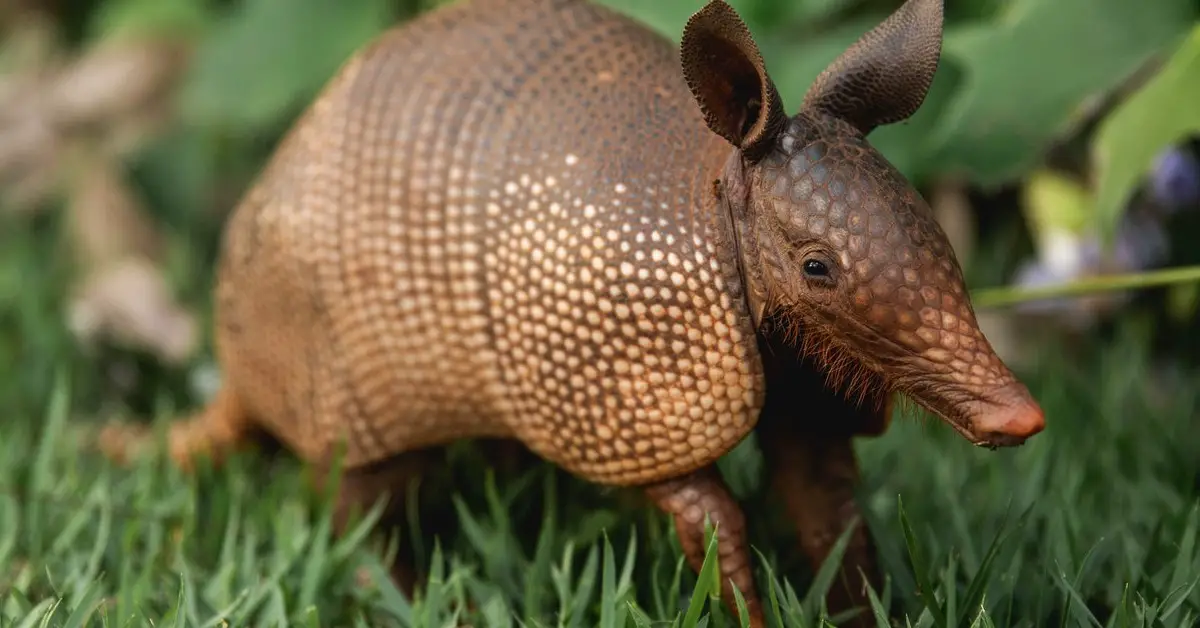What is the Benefit of the Bug House?
The benefit of the bug house is that it provides a habitat for beneficial insects that help with pollination and pest control. Bug houses are an excellent addition to any garden or outdoor area.
Not only are they visually appealing, but they also provide a practical benefit for the environment. Bug houses provide shelter and a safe haven for beneficial insects such as ladybugs, lacewings, and solitary bees. These insects act as natural pest controllers and help with pollination.
Building a bug house is an easy and affordable way to support biodiversity and create a sustainable ecosystem in your yard. In this article, we will explore the benefits of bug houses and how to build one yourself.

Credit: www.familyhandyman.com
Understanding The Purpose Of A Bug House
What Is A Bug House And Why Is It Important?
A bug house, also known as an insect hotel or bug hotel, is a structure made of natural materials that provides shelter for insects. They are essential for the maintenance of a healthy ecosystem, promoting biodiversity and helping to control pests.
Here are some key points to understand about bug houses:
- Bug houses are typically made of materials such as bamboo, wood, and bark, and are often installed in gardens or outdoor spaces.
- The purpose of a bug house is to provide a safe place for insects to nest, hibernate, and breed. By providing shelter for beneficial insects, bug houses can help promote a healthy garden or outdoor space.
- Insects such as bees, ladybugs, lacewings, and hoverflies are beneficial in pollinating plants and controlling pest populations. Bug houses can provide a home for these insects and encourage them to take up residence in the area.
How Can A Bug House Benefit Your Garden Or Outdoor Space?
Installing a bug house can provide a range of benefits for your garden or outdoor space. Here are some benefits to consider:
- Promotes biodiversity: By providing shelter for a variety of insects, bug houses can help promote biodiversity in your garden or outdoor space.
- Natural pest control: Certain beneficial insects such as ladybugs and lacewings are natural predators of garden pests such as aphids, mites, and whiteflies. By providing a home for these insects, bug houses can help control pest populations in your garden without the use of harmful pesticides.
- Pollination: Bees and other pollinators are essential for pollinating plants and ensuring a healthy garden. A bug house can attract these pollinators and help promote a productive garden.
- Educational tool: Bug houses can be a great way to educate children and adults about the importance of insects in the ecosystem, promoting an appreciation for the natural world.
Exploring The Types Of Insects That Live In A Bug House
Bug houses can attract a wide range of insects, each with their own unique role in the ecosystem. Here are some types of insects that may take up residence in a bug house:
- Solitary bees: These bees do not live in hives and can benefit from the individual nesting tubes found in many bug houses.
- Lacewings: These insects are natural predators of aphids and other common garden pests, making them a valuable addition to any garden.
- Ladybugs: Ladybugs (also known as ladybirds) are voracious predators of aphids and other insect pests, making them natural pest control agents.
- Hoverflies: These insects are excellent pollinators and also feed on aphids and other garden pests.
- Spiders: While not technically insects, spiders are beneficial in controlling pest populations and are often found in bug houses.
Installing a bug house in your garden or outdoor space can provide a range of benefits for both the environment and your garden. By providing shelter for a variety of beneficial insects, bug houses promote biodiversity, natural pest control, and pollination.
They can also serve as an educational tool, encouraging an appreciation for the natural world.
Building And Maintaining A Bug House
Are you interested in learning about the benefits of building and maintaining a bug house? Bug houses can provide a safe habitat for insects and can also benefit your garden by attracting pollinators, predators, and decomposers. In this section, we will explore the best practices and considerations for designing your own bug house, the materials needed, and how to maintain a healthy environment for your insect house.
Designing Your Own Bug House: Best Practices And Considerations
Designing a bug house can be a fun and easy diy project that you can do with your family or friends. However, before you start building your bug house, there are some best practices and considerations you should keep in mind.
Here are some key points to consider:
- Choose a spot: Select a location in your garden that is sheltered from strong winds and has morning sunlight to keep the house warm during the day.
- Research insects: Think about the type of insects you want to attract and research their habits and needs to determine the size, design and materials for your bug house.
- Use natural materials: Consider using natural materials such as untreated wood, bamboo, or tree bark to create a habitat that will blend in with nature.
- Provide different habitats: Provide a variety of habitats, such as tubes, holes, and crevices, that will cater to a range of insect species.
- Avoid using harmful pesticides: When designing a bug house, avoid using any toxic or harmful pesticides that can harm insects that you are trying to attract.
Materials Needed To Build And Maintain A Bug House
Now that you know the best practices for designing your bug house, it’s time to gather the materials needed. Here are some key points to consider:
- Natural materials: As mentioned earlier, consider using natural materials such as untreated wood, bamboo, or tree bark.
- Tools: Basic tools such as a hammer, nails, screws, saw, and drill may be needed, depending on the materials used.
- Paint or sealant: If you decide to paint your bug house, choose a non-toxic, water-based paint. Alternatively, use a natural sealant to protect the house from the elements.
- Insulation material: Consider adding insulation material such as straw or pine cones to keep the house warm during colder months.
Maintaining A Healthy Environment For Your Insect House
After building your bug house, maintaining a healthy environment is crucial to ensure a thriving habitat for your insects. Here are some key points to consider:
- Cleanliness: Regularly clean your bug house by removing any debris, spider webs, or dead insects.
- Moisture: Ensure that the habitat is not too dry or too wet as both can discourage insects from nesting.
- Food and water: Provide a nearby water source, such as a bird bath, and plant flowers and native plants to provide a food source for your insects.
- Monitoring: Observe your bug house regularly and note any changes or damage, as it may need repair or replacement.
Building and maintaining a bug house can provide numerous benefits to both insects and your garden. With these best practices and considerations in mind, you can create a safe and thriving haven for creatures that play a vital role in our ecosystem.
Benefits Of Having A Bug House
Promoting A Balanced Ecosystem
A bug house is a perfect way to promote a balanced ecosystem in your garden or outdoor area. Here are a few essential points to consider:
- It provides shelter for beneficial bugs: Bug houses can offer a safe place for different species of insects, including bees, ladybugs, butterflies and lacewings. These insects contribute to the pollination of plants, and they can also help to control pests.
- It offers alternative habitats: With urbanization and pesticide use, many habitats for insects have been destroyed. A bug house can provide an alternative place for beneficial insects to thrive, especially in areas where there are a limited number of flowers and trees.
Exploring The Natural World Up Close
Having a bug house provides an opportunity to explore the natural world up-close. Here are the key points to consider:
- It encourages kids’ curiosity: Children are naturally curious and love to explore their surroundings. A bug house provides an opportunity for them to observe insects closely, learn about their different species and how they coexist with other creatures.
- It provides the chance to learn about nature: A bug house can act as both a teaching tool and a sensory experience. Kids can learn about the interconnectedness of ecosystems and how insects are vital to the environment.
Creating Sustainability In Your Garden Or Outdoor Area
By having a bug house, you can create sustainable practices in your garden or outdoor area. Here are some of the crucial points to keep in mind:
- It reduces the need for pesticides: Encouraging beneficial insects to establish their colonies in your garden can help control pests without the need for harmful pesticides. This helps to make your garden more sustainable and environmentally friendly.
- It supports local ecosystems: By providing a home for insects, you can help support local ecosystems. This is especially important in urban areas where insect habitats have been lost to development and pollution.
A bug house is an essential addition to any garden or outdoor space as it promotes a balanced ecosystem, encourages learning about nature, and supports sustainable practices. So, if you want to make a positive impact on the environment, consider setting up a bug house today!
Introducing Children To The Benefits Of A Bug House
For many children, bugs are creatures that either elicit fear or disgust. However, teaching them about the importance of insects in the environment can lead to a shift in perspective. Introducing children to the world of bugs can be a fun educational activity that can result in many benefits, including:
The Importance Of Teaching Children About Insects And Their Role In The Environment
- Insects play a vital role in the environment by pollinating plants, decomposing waste, and serving as a food source for other animals.
- Learning about insects can help children develop a greater appreciation for the natural world and its interconnectedness.
- Understanding the role of insects in the food chain can also help children better comprehend the concept of ecosystems.
- Teaching children about insects from a young age can encourage them to be more environmentally conscious as they grow older.
Creating An Educational And Fun Environment For Children
- Bug houses can provide a fun and engaging way for children to learn about insects and their habitats.
- Children can observe the insects and watch as they go about their daily lives.
- By building or maintaining a bug house, children can develop valuable skills in creativity, problem-solving, and teamwork.
- Bug houses can be customized with a variety of materials to make them visually appealing and unique.
Encouraging Children To Interact With The Natural World Through A Bug House
- Spending time in nature has been shown to have many benefits for children’s physical and mental health.
- By interacting with bugs through a bug house, children can develop a greater connection to the natural world.
- Learning about insects can also help children overcome their fear or disgust of them.
- Encouraging children to explore the environment safely with a bug house can promote curiosity and a love of learning.
Introducing children to the world of bugs through a bug house can provide many benefits, including promoting environmental awareness, developing valuable skills, and encouraging a love of nature. It’s a fun and educational activity that parents and educators can use to enrich children’s lives.
Frequently Asked Questions Of What Is The Benefit Of The Bug House?
What Is A Bug House?
A bug house is a man-made structure designed to attract and house beneficial insects and pollinators in an ecosystem.
Why Are Bug Houses Important?
Bug houses are important because they serve as a habitat for beneficial insects such as ladybugs and lacewings. They help pollinate flowers and crops naturally which supports a healthy environment for plants and animals.
What Type Of Insects Do Bug Houses Attract?
Bug houses attract a variety of insects such as ladybugs, lacewings, butterflies, bees, and even some types of beetles and wasps.
Where Should I Put My Bug House?
Bug houses should be placed in areas that receive plenty of natural sunlight and near plants that attract insects. Avoid placing them in areas where pesticides or chemicals are used.
How Do You Maintain A Bug House?
Bug houses are low maintenance. Simply clean them out once a year and remove any debris or dead insects. Avoid using chemicals or cleaning agents.
Can I Make My Bug House At Home?
Yes, bug houses can be made at home using simple materials such as wood, bamboo, and other natural materials. Search online for diy plans and ideas.
Conclusion
As we come to the end of our discussion on the benefits of bug houses, it’s evident that they are more than just a cute addition to our gardens. Apart from providing a home for our little friends to thrive in, they help pollinate our plants, control pests and serve as an educational tool for children.
By creating a bug house, you can make a significant impact on the environment and enhance the beauty of your garden. Additionally, it’s an affordable way to create a diverse ecosystem in your garden and promote sustainability. Bug houses come in various shapes and sizes, making them the perfect addition to any garden or outdoor space.
Remember to always do your research to ensure that you’re providing the ideal habitat for the insects in your area. Start building your bug house today and enjoy the benefits of a thriving garden and a healthy environment.

“My name is Leo Jacob, and I hold a Bachelor of Science degree with Honors in Applied Environmental Science and Sustainability from the University of the West of Scotland. Since childhood, I’ve been passionate about living an eco-friendly life. After completing my studies, I dedicated myself to finding simple ways to lead a more environmentally conscious lifestyle. I launched ecolifely.com to share my educational background and practical experiences with everyone, hoping to inspire others to join me in creating a greener, more sustainable world.”













Leave a Reply